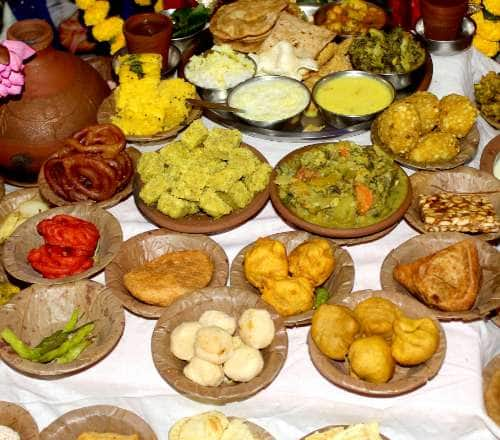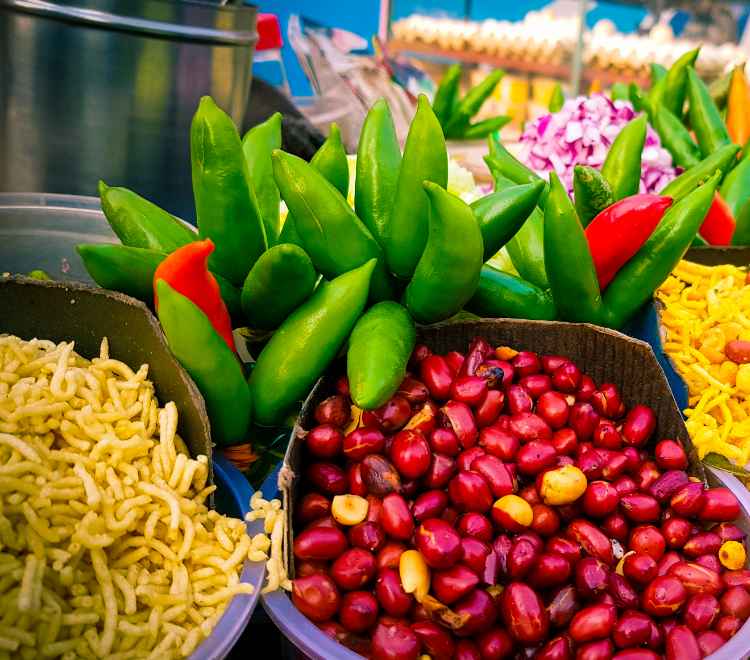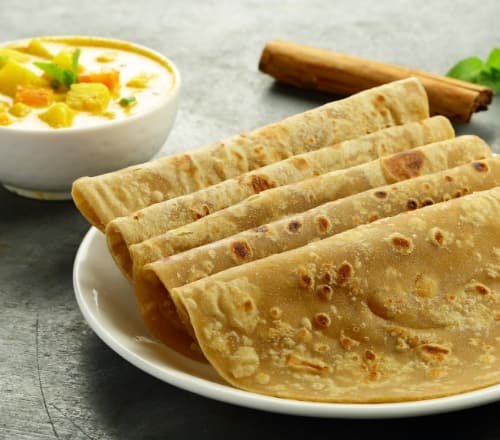Stay logged in to proceed with bookings, orders and offers.
On changing the terminal, you will loose items in your cart. Are you sure you want to change your terminal?
The land of sandalwood and one of the biggest gold mines in India is also famous for Indian spices
From the verdant hills of Coorg to the bustling markets of Bengaluru, Karnataka is a treasure trove of spice diversity. The region's fertile soil, coupled with its favourable climate, nurtures a remarkable array of spices that have become an integral part of the state's cultural fabric and culinary heritage. As a lover of flavours and a curious explorer, I found myself irresistibly drawn to the enchanting realm of Karnataka's spices. It was during my last trip to this enchanting state that I decided to venture deeper into the long-lost legacy of the spices of Karnataka. From woody scents and raw textures to the best places in the state offering an authentic taste, this personal anecdote on the spices of Karnataka will leave a lingering warmth at the tip of your tongue.
It was the alluring perfume of roughly textured cinnamon that beckoned me toward a humble spice stall in Kodagu, also known as Coorg. As I reached the stall, the kind vendor offered me a small wooden box that held cinnamon sticks of various lengths and hues. His eyes sparkled as he encouraged me to taste it while he began to share age-old stories behind the cultivation and harvesting of this magical spice. He suggested inhaling its woody smell first before taking a small bite, and as I did, my taste buds were transported to a realm of delightful sensations. The first taste of sweetness burst in my mouth and I savoured the feeling for a long time. The vendor smiled at me as he continued with the stories about how cinnamon isn’t just a spice but a flavour representing the culture and heritage of Karnataka. The flavours of this common yet significant spice are used to enhance the aroma of chai and biryani. In Karnataka, it is infused in a variety of dishes, from curries to sweets, including Bisi Bele Bath, Pandi Curry, Mangalore Buns, Mysore Pak, and more.
A stroll through the captivating town of Chikmagalur led to the discovery of the aromatic wonders of pepper. The sight of pepper vines climbing up sturdy trees drove me to seek out a local farmer who could share his wisdom and experiences with this revered spice that is an integral part of the state's regional food. I found one with a sun-kissed face and calloused hands that spoke volumes about his intimate connection with the land. He explained that the region's cool temperatures and abundant rainfall are the reason why Chikmagalur’s pepper has a distinct flavour and aroma that makes it the finest spice in the state. I plucked a peppercorn from a nearby vine and rolled it between my fingertips, inhaling its earthy scent deeply. Within seconds, a burst of pungent fragrance filled my senses, tingling my nostrils with its peppery intensity.
I knew I had to try it as one of the flavours in the city's local cuisines. So, I explored the bustling markets of Chikmagalur and discovered traditional dishes where pepper took centre stage. From the fiery Chikmagalur-style pepper chicken to the aromatic and spicy pepper rasam, the pepper's robust flavour was woven into the fabric of the region's culinary heritage.With every dish I savoured, the pepper left a lasting impression with its bold, lingering heat and delightful complexity. Now I know how to enhance the flavour of every North Indian dish I cook.
Among the many flavours that caught my attention, it was the fiery allure of Byadagi or Bellary chillies that left an unforgettable mark on my taste buds. I visited the vibrant city of Bellary in Karnataka to immerse myself in the rich culinary tapestry of Byadagi chillies. The streets of Bellary were bustling with the vibrant display of red and fresh chillies as they tinged the air with a subtle hint of authentic spice. My taste buds were piqued with curiosity as I approached one of the sellers to enlighten me with his knowledge about these chillies. He told me that there are majorly two types of Byadagi chillies, namely, dabbi and kaddi; the former is small and has more seeds while the latter is long and has fewer seeds than dabbi.He further explained that the Bellary region is famous for its spicy and flavourful varieties, cultivated with care and expertise by local farmers, thus bringing a unique flavour of red and heat to the area's regional food.
Eager to experience the taste for myself, I selected a deep red chilli with glossy skin and decided to incorporate the Bellary chilli into a traditional local dish—Bisi Bele Bath. Back at my accommodation, I watched as the vibrant red pepper sizzled in a hot pan, releasing its intense aroma into the air. The enticing fragrance filled the kitchen, awakening my senses in anticipation of the explosion of flavours to come. Carefully, I took a small bite, allowing the heat to gradually build on my tongue. With each bite, I found myself captivated by the interplay of sensations—the initial burst of heat, followed by waves of flavour that mingled with the other ingredients in the dish. It possessed a distinct fruity undertone, a hint of earthiness, and a lingering spiciness that danced across my taste buds. With its unique flavour, Belarry chillies have found a permanent place in my North Indian culinary plate.
The air of the South Kanara district was perfumed with the warm, sweet aroma of clove, enticing me to delve deeper into the world of this exquisite spice. Conversations with local spice merchants revealed that South Kanara had a long-standing history of cultivating and trading cloves, and I was convinced to travel into the heart of the district where sprawling spice plantations were nestled amidst the verdant landscape. Walking through the plantations, I marvelled at the lushness surrounding me—the towering clove trees, their slender branches adorned with clusters of small, dried flower buds. As I explored the local cuisine, I discovered that cloves were an integral part of South Kanara's regional food. From aromatic biryanis to savoury curries, the addition of cloves lent a subtle complexity to the flavours. They imparted a gentle warmth and an earthy sweetness that elevated every bite. One memorable experience was savouring a traditional South Kanara-style dessert—infused with cloves—called payasam. The creamy rice pudding, delicately flavoured with cloves, offered a symphony of textures and a delightful balance of sweetness and spice.
As I bid farewell to Karnataka, I carried with me the essence of cloves, a sensory reminder of the captivating beauty and culinary treasures that this beautiful state holds.





The Adani One expressly disclaims all liability, direct and indirect, in respect to actions taken or not taken based on any or all the contents of this Blog. The Blog is an opinion of the contributor based on the collation of data from various sources and is provided only for information purpose. Adani One does not canvass, advertise, solicit, invite or induct for any product, merchandise, information, brand or any other materials mentioned in the Blog, nor does it obtain any monetary benefit from the same. Reader is advised to read and apply his/her intellect and discretion in this regard. Any Intellectual Property mentioned in this blog belongs to the rightful owner. We do not intent to claim any interest over the same.